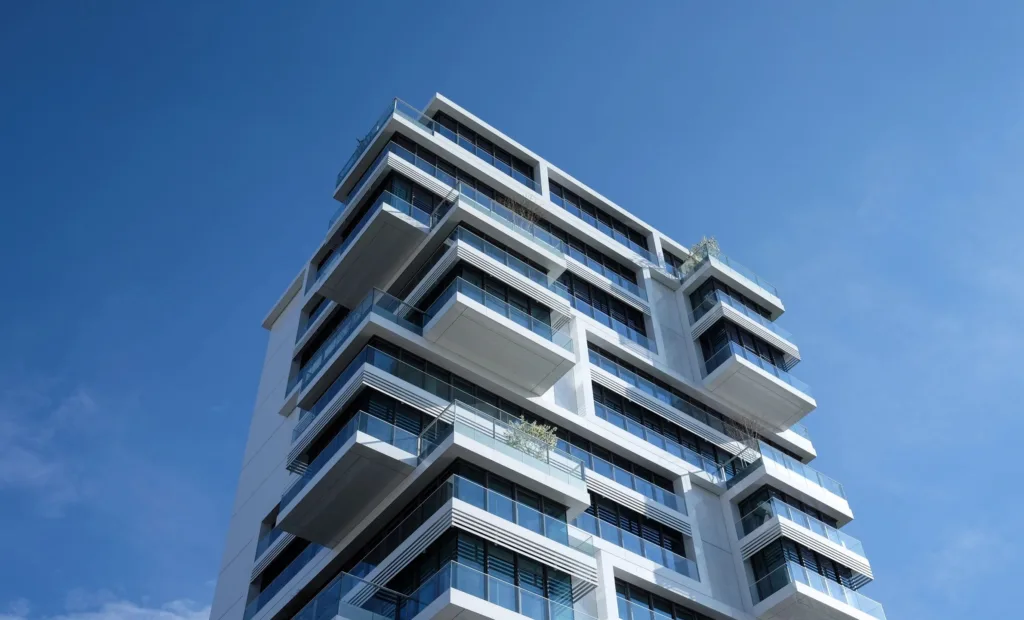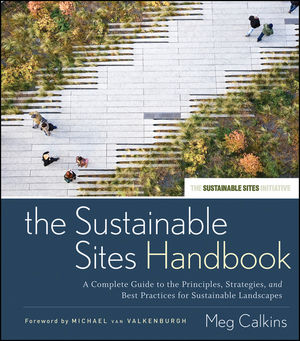The world is becoming increasingly aware of the need to adopt sustainable practices in all aspects of life, including architecture and urban planning.
Sustainable architecture and park planning aim to create environments that are not only beautiful but also functional, healthy, and resilient to the impacts of climate change.
In this article, we will explore the principles of sustainable architecture and park planning and how they can be applied to create a better future for our planet.
What is Sustainable Architecture?
Sustainable architecture is a design approach that prioritizes the use of environmentally friendly materials and technologies to reduce the environmental impact of buildings.
The goal is to create buildings that are energy-efficient, healthy, and comfortable for their occupants, while also minimizing the use of natural resources and reducing greenhouse gas emissions.
There are many different ways to achieve sustainable architecture, including passive solar design, green roofs, rainwater harvesting, and the use of renewable energy sources such as solar panels and wind turbines.
These approaches can be combined to create buildings that are truly sustainable and contribute to a more sustainable future.
Green building in sustainable architecture – is a term that refers to buildings that are designed to be environmentally friendly, energy-efficient, and sustainable.

What is Park Planning?
Park planning is the process of designing and managing parks and other green spaces to meet the needs of the community while also protecting the natural environment.
The goal is to create parks that are accessible, attractive, and functional for their users, while also preserving the biodiversity and ecological processes of the surrounding area.
Park planning can involve a range of different strategies, including the preservation of natural habitats, the creation of green infrastructure, and the use of sustainable materials and technologies.
By incorporating these principles into park design, we can create green spaces that are both beautiful and sustainable.
Designing the Future
When it comes to designing the future, sustainable architecture and park planning have a critical role to play.
By incorporating sustainable principles into our buildings and green spaces, we can create environments that are not only more beautiful but also more functional, healthy, and resilient to the impacts of climate change.
Some of the key principles of sustainable architecture and park planning include:
Energy efficiency: Designing buildings and green spaces that minimize energy consumption and maximize the use of renewable energy sources.
Use of sustainable materials: Using environmentally friendly materials that are non-toxic, reusable, and recyclable.
Biodiversity conservation: Protecting natural habitats and ecological processes to preserve biodiversity and promote ecological resilience.
Water conservation: Incorporating water-saving technologies and strategies, such as rainwater harvesting and gray-water reuse.
Community engagement: Engaging with the community to ensure that buildings and green spaces meet their needs and are accessible to all.

Book Recommendations!
Here are some book recommendations on the topic of sustainable architecture and park planning:
“Sustainable Architecture: Principles, Paradigms, and Case Studies“ by Prof. Dr. David Gissen. This book explores the fundamental principles of sustainable architecture and provides case studies of successful sustainable buildings.

“The Sustainable Sites Handbook: A Complete Guide to the Principles, Strategies, and Best Practices for Sustainable Landscapes” by Meg Calkins. This book is a comprehensive guide to sustainable landscape design and management, with a focus on the principles of ecology and conservation.

“Designing Urban Agriculture: A Complete Guide to the Planning, Design, Construction, Maintenance and Management of Edible Landscapes” by April Philips. This book focuses on the design of urban agriculture projects, with an emphasis on sustainable practices and ecological principles.

“The Carbon Efficient City” by A-P Hurd and Chris Hamnett. This book explores strategies for reducing carbon emissions in urban environments, with a focus on sustainable architecture and urban planning.

“Green Infrastructure: A Landscape Approach” by David C. Rouse. This book explores the principles of green infrastructure planning and design, with a focus on creating sustainable, resilient, and livable cities.

These books offer a variety of perspectives on sustainable architecture and park planning, and provide valuable insights and information for anyone who wants to dive deeper into this topic.
Conclusion
We hope that you will find this article useful for it looks at the ideas of sustainable architecture and park planning and how they can help our planet’s future.
Sustainable architecture entails using environmentally friendly materials and technologies to lessen building’s environmental impact, whereas park planning entails creating and managing parks and green areas to suit community requirements while protecting the natural environment.
We CAN design more functional, healthy, and resilient buildings and green spaces by combining principles such as energy efficiency, the use of sustainable materials, biodiversity conservation, water conservation, and community engagement.
Comment bellow your Questions or Thoughts. We would love to hear from you!




